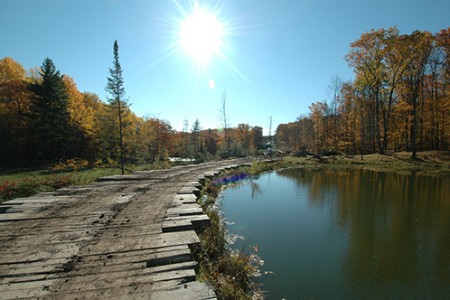Construction practices
We routinely incorporate protection measures in our construction work. Our goal is to keep impacts to a minimum through avoidance and mitigation. We collaborate internally to avoid impacts to environmental resources; if we cannot avoid impacts, we identify work practices that will minimize them. We also collaborate with regulators, contractors, landowners and other stakeholders to identify creative ways of minimizing impacts, to restore the areas we cannot avoid and to enhance the environment.
Like any major construction project, it takes a team of engineers, surveyors, environmentalists, and construction contractors to build a transmission line or substation. The construction phase begins only after the necessary approvals and permits are secured, and easement acquisitions are completed.
ATC doesn’t own trucks or construction equipment; nor do we employ construction crews. Materials and labor for the construction of transmission facilities and related services is done on a bid basis. All materials and construction practices must meet ATC’s standards and specifications for safety, quality and environmental protection.
ATC’s construction plan outlines:
- roles and responsibilities of the entire project team;
- project scope;
- anticipated environmental permits, as well as regulatory requirements;
- an Environmental Monitoring Plan, which determines the appropriate monitoring and oversight based on environmental issues and regulatory requirements.
Depending on the project and the area, much of the construction activities take place during the winter months when the ground is frozen to minimize disturbances to soil and sensitive vegetation. Large projects sometimes take two or more winter cycles to complete.
During the construction phase, local communities and landowners are kept informed of activities such as right-of-way clearing, traffic from construction equipment, possible road closures, lay-down area for materials and supplies, and other issues that may raise questions or concerns. After construction is completed, property restoration is the final step.

